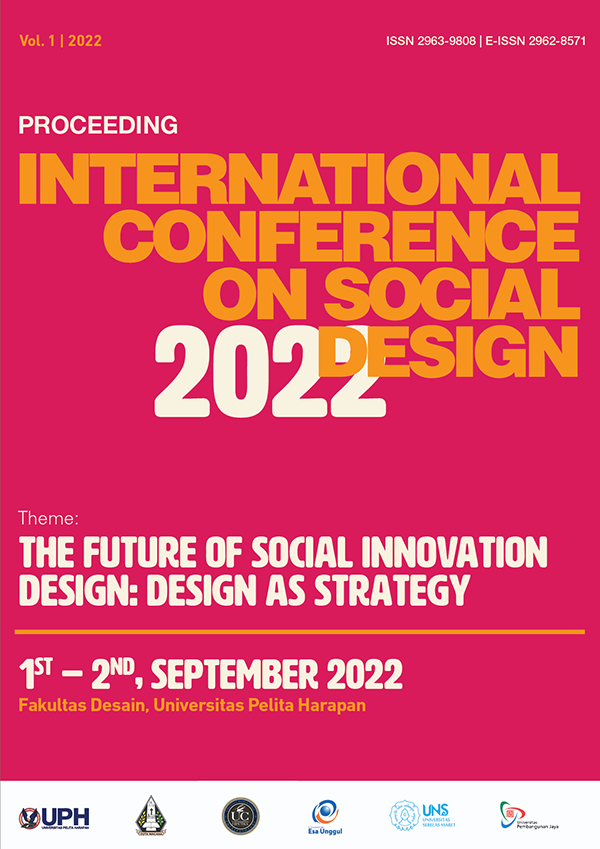The Implementation of Virtual Reality as a Representation Medium of Architectural Space
Abstract
In the practice of architecture, representation is one of the fundamental things to be noted, as it acts as the medium to present the design. To establish a significant and memorable architectural space, the knowledge of spatial relationships from plans, sections, and elevations is needed. However, most of the time, those representations can not tell the designed spatial experience intended. This study incorporates the uses of virtual reality as a representation medium to investigate the effectiveness of virtual reality in conveying the architects’ designed spatial narrative. This study employs qualitative methods with data collected through literature studies, virtual reality simulation, observation, and interviews. The data obtained were analyzed through a comparative study and interpreted based on existing theories. Based on data, it can be concluded that virtual reality succeeded in conveying a designed spatial narrative and establishing a similar spatial experience for several users.
References
Aydin, E., & Tong, T. (2019). Enhancing Architectural Representations in 3D Virtual Reality: Building Denotative and Connotative Meanings. MEGARON, 185-195.
Bergqvist, E. (2015). Spatial Orientation & Imagery. University of Skövde: Master Degree Projects. Skövde: University of Skövde.
Chen, C.-c. (2020). Assessing The Potential of Mixed Reality for Landscape Architecture. University of Illinois at Urbana-Champaign: Thesis. Urbana: University of Illinois at Urbana-Champaign.
Cruz, T. V. (2018). Virtual Reality in the Architecture, Engineering and Construction Industry. Universidade do Porto: Dissertation. Porto: Universidade do Porto.
Green, E. J., & Schellenberg, S. (2017). Spatial perception: The Perspectival Aspect of Perception. Wiley, 1-16.
Holley, H. (2018). Beyond Flat Space: Representing Architecture in Virtual Reality. Bachelor of Architecture Theses - 5th Year. Kennesaw: Kennesaw State University.
Janowicz, A. G. (2020). Virtual Reality Technology in Architectural Education. World Transactions on Engineering and Technology Education, 18(1), 24-28.
Mihelj, M., et. al (2014). Virtual Reality Technology and Applications. In Intelligent Systems, Control and Automation: Science and Engineering. Springer.
Sirror, H., et. al (2021). A Review on Virtual Reality for Architecture Education.
Proceedings of the 11th Annual International Conference on Industrial Engineering and Operations Management (pp. 944-950). IEOM Society International.
Soltani, S., & Kirci, N. (2019). Phenomenology and Space in Architecture: Experience, Sensation, and Meaning. International Journal of Architectural Engineering Technology, 6(1), 1-6.
UKEssays. (2018, November). Relationship Between Architecture and the Human Experience. Retrieved from UKEssays: https://www.ukessays.com/ essays/architecture/relationship-between-architecture-and-the-human- experience.php?vref=1
VR, C. A. (Director). (2020). Chichu Art VR App Complete 1st Person Mode Tour [Motion Picture].





1.png)
